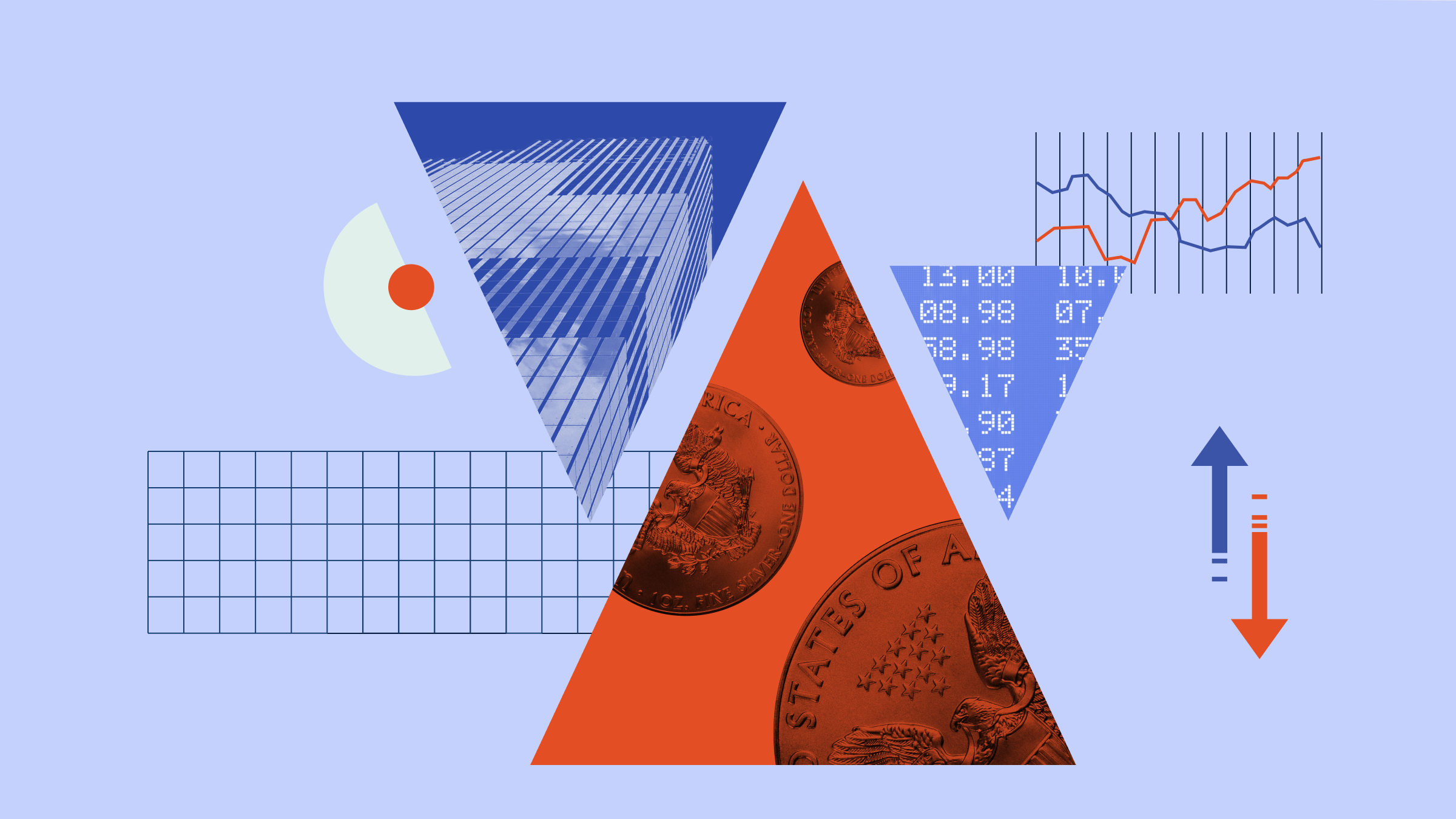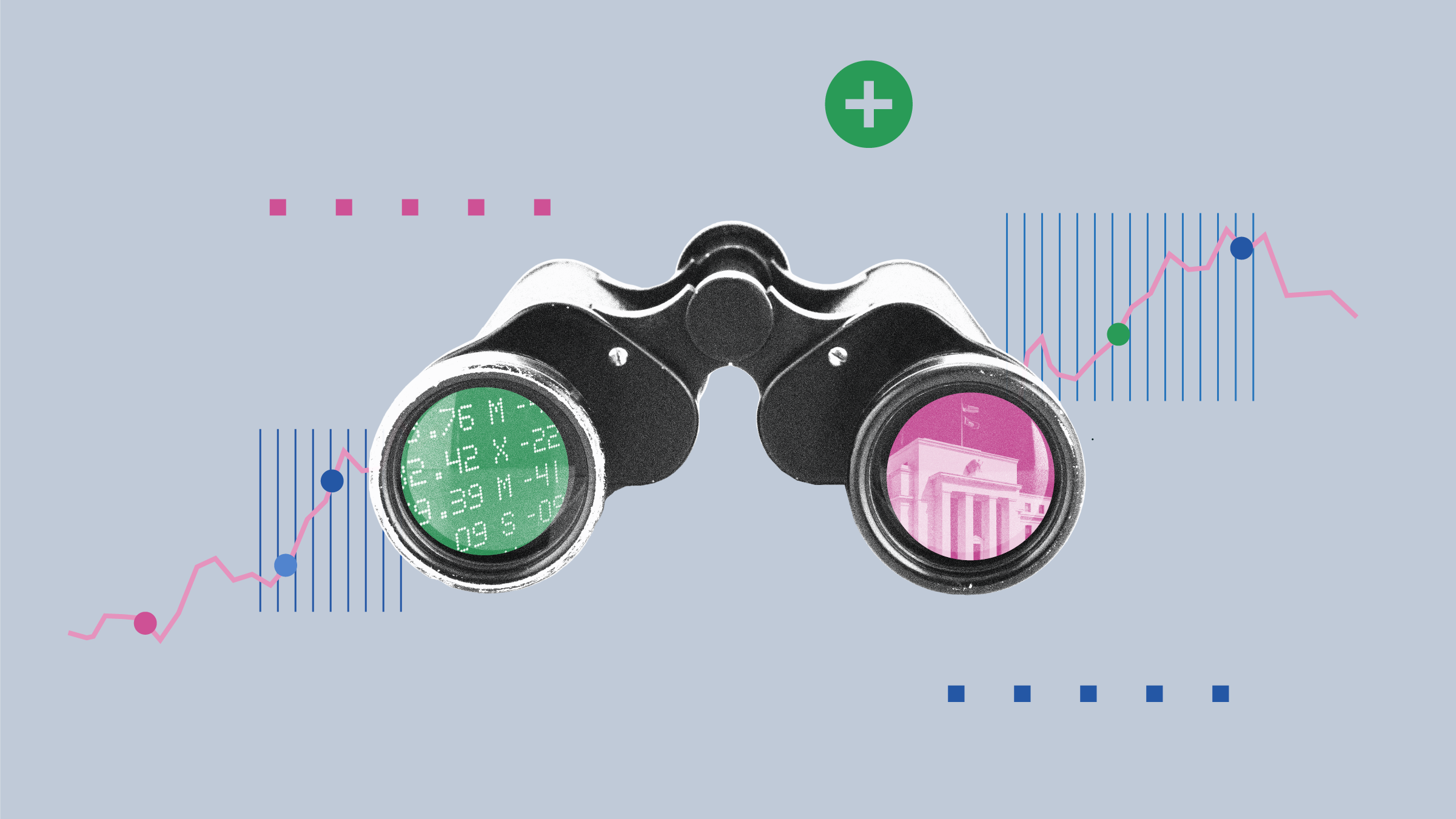Bob Johnson: This week's chart is the purchasing managers' index from the Institute of Supply Management. This is an index that dates all the way back to the 1920s and '30s. It's the longest-running purchasing manager's survey.
Again, it's a survey where they ask purchasing managers about various facets of economic conditions. They're just asked "[Are conditions] better, worse, or the same?" They don't have to have a detailed number; they don't have to wait for sales to be calculated and the inventories to be counted. It's just kind of a gut feeling of where things are toward the end of the month, and it's reported on the very first day of the following month. It's a great, very timely indicator, which is why people like it so much. It's also been a great indicator at predicting the ends of recessions. It has been the number-one best indicator with the possible exception of unemployment claims for predicting when a recession has ended.
It's less effective when we're in recovery mode and even less useful in calling market tops.
One has to be careful when using the index because you can see in the period between the 1990s when there were four times when there was a significant dip in the index without causing a recession.
It does get a little bit hyperactive on the tops if you will. But when it does take a really big dip, down to 45 as a metric, that's a pretty good indicator that a slowdown is coming.
The problem becomes everybody today is looking at the number and saying, "It's 52, instead of 53. It's down." That means nothing. That's absolute noise. And people have put way too much emphasis on short-term moves. You have to focus on the big moves, and it's especially good at recession bottoms, but so good at tops.
The current reading of the ISM Index is 55, that's above 50 and above the 45 level that we said were so critical. So, it appears that the manufacturing economy is poised for further recovery.








:quality(80)/cloudfront-us-east-1.images.arcpublishing.com/morningstar/YFRKCZPVJNDLRMNXV4Z7H4IX6E.jpg)












